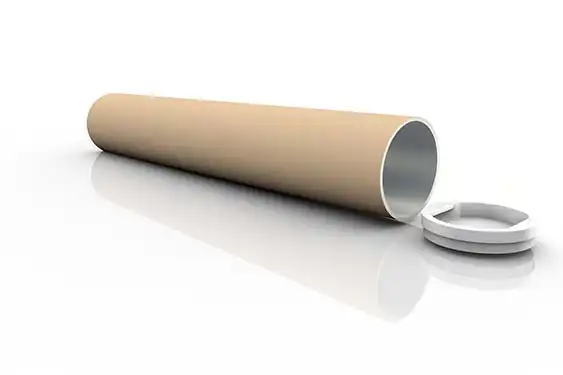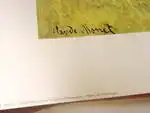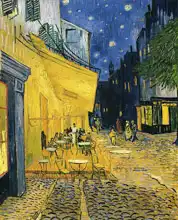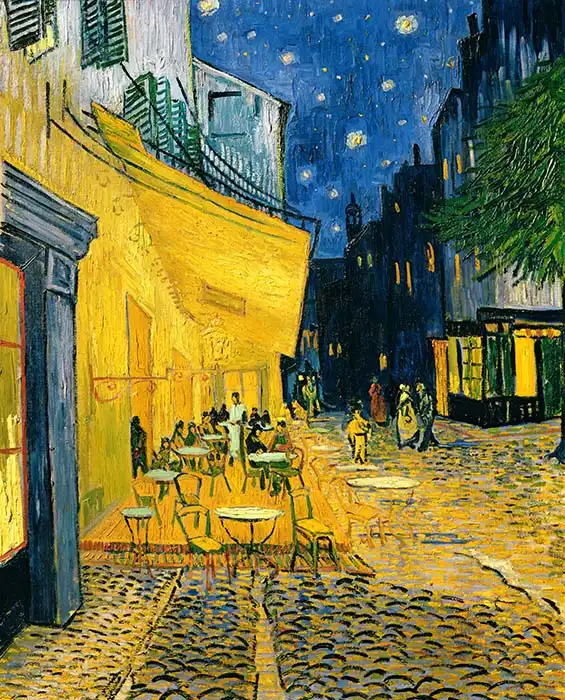About this finishing
Print. The image is printed on the top quality 10-ink HP Z9PS printer on HP matte 270 g / m2 paper. You can choose any size to an accuracy of 1 cm. A margin of 5 cm around the image is added to the size of the motif.


You can find a detailed description about our finishings
here.
Cafe Terrace at Night
Date:
1888Medium:
oil on canvasLocation:
Rijksmuseum Kroller-Muller, Otterlo, NetherlandsDimensions:
81 x 65.5Night view of the Cafe Terrace on the Place du Forum in Arles in France. The image is almost tunnel composition ending darkness. Gogh always interested in capturing night scenes in the paintings and the first time he painted a starry sky, which they used on other images (eg. Starry Night over the Rhone). Artificial light is expressed by the color yellow, natural (star) white light. Warm yellow color is used for the actual cafe and sharply separates the space from cool cafe near a night in which the losing lane du Palais. On the advice of Pissarro avoided the use of black color (eg shadows are purple). Cafe question still stands, has a facade in the colors exactly what used Gogh and is a popular destination for visitors.
Gogh painted picture Cafe Terrace at Night in 1888. Prevailing color of this fine art print is yellow and its shape is portrait. Original size is 81 x 65.5. This art piece is located in Rijksmuseum Kroller-Muller, Otterlo, Netherlands. This image is printed on demand - you can choose material, size and finishing.
Vincent Willem van Gogh (1853-1890). Dutch painter belonging to
Post-Impressionism. His paintings (some 900 paintings and 1,100 drawings and sketches) are among the most famous in the world and are sold for exorbitant sums (except for those in our shop).
Parisian Impressionists He lived in Paris from 1886 and was influenced by the use of bright colours - most of his works were painted during this period. In his paintings, Gogh uses contrasting colours (often blue and orange - he said that I want to use colours other contrasts to each of them shone even more to contrast a man and a woman). He was known for his excesses and amputated an ear after the break-up of his friendship with
Gauguin. There is a lot of speculation about this incident (he possibly suffered from heavy metal poisoning from paint that had caused mental problems). In 1890, unfortunately he committed suicide.



